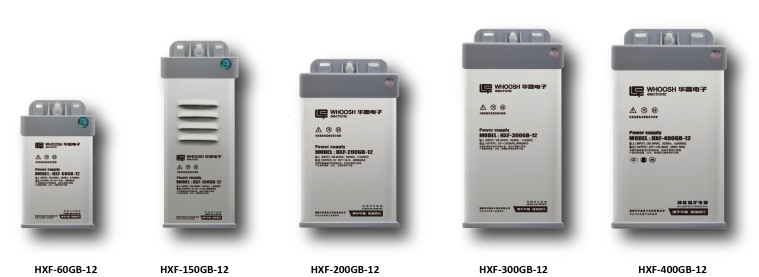
Reversed polarity in power supplies may seem like a minor mistake, but its potential consequences should not be underestimated. This wiring error can result in significant safety hazards, including short circuits, overheating, and even fire risks. Such incidents can damage not only the devices in use but also the surrounding environment, posing risks to property and personnel. In this article, we explore the safety implications of reversed polarity and provide practical tips to prevent such issues from occurring.
Safety Risks of Reversed Polarity
Short Circuits:
Incorrect polarity can lead to short circuits in connected components. This can cause electrical arcs, damaging critical parts and potentially affecting the entire system’s operation.
Overheating and Fire Hazards:
Reversed polarity often leads to abnormal current flow, which generates excess heat. Over time, this can cause insulation materials to break down, increasing the risk of electrical fires, especially in systems without sufficient thermal protection.
Component Failure:
Sensitive components, such as diodes, capacitors, and ICs, can become overloaded and fail under reversed polarity. This can result in costly repairs or replacements, particularly in high-value equipment.
Impact on System Reliability:
Reversed polarity can compromise system stability, reducing efficiency and causing intermittent performance issues in industrial, medical, or residential setups.
How to Prevent Reversed Polarity and Its Risks
Invest in Quality Power Supplies:
Choose power supplies that feature built-in protection mechanisms, such as polarity safeguards, short-circuit protection, and overcurrent protection. These features can minimize risks and prolong device lifespan.
Double-Check Wiring Before Use:
Always verify connections during installation. Use wiring diagrams and follow manufacturer guidelines to ensure proper polarity alignment.
Mark Terminals Clearly:
Adding visible markings to positive and negative terminals helps reduce the risk of confusion, especially in complex installations.
Conduct Regular Maintenance:
Periodically inspect wiring and connections to identify any potential issues, ensuring that polarity is maintained over time.
Test with Reliable Tools:
Multimeters and other diagnostic equipment can quickly verify polarity, providing an additional layer of security during setup.
Conclusion
Reversed polarity is a serious concern that can lead to safety hazards, including overheating, electrical damage, and fire risks. To ensure safety and reliability, our power supplies are equipped with advanced features like short-circuit protection and hiccup mode. These measures safeguard devices and prevent potential damage from incorrect wiring. By following proper installation practices and utilizing quality equipment, you can create a safer and more efficient electrical environment.
At WHOOSH electronics, all our LED power supplies are equipped with advanced short-circuit protection. In the event of a short circuit, the power supply automatically enters a hiccup mode, temporarily shutting down to prevent damage to the system and ensuring safety. Once the fault is cleared, the power supply will recover automatically, providing peace of mind and reliable operation.
Explore our range of high-quality, versatile power solutions to find the perfect fit for your needs.
For more information about our LED power supplies and their features, feel free to contact our team. We’re here to assist you!
Leave a Reply